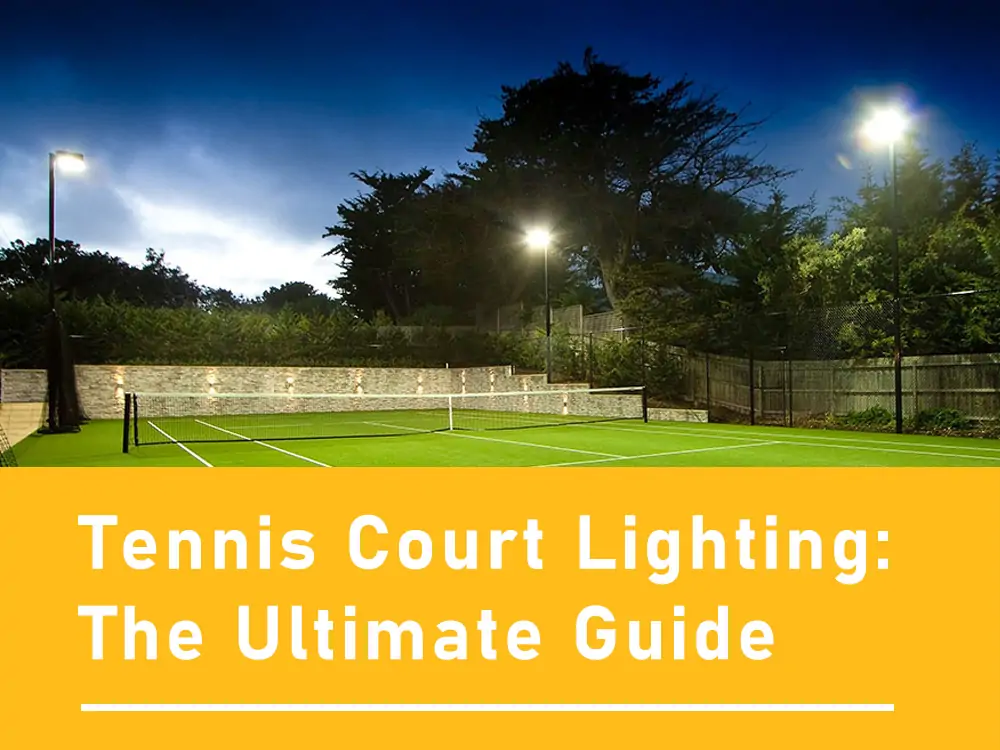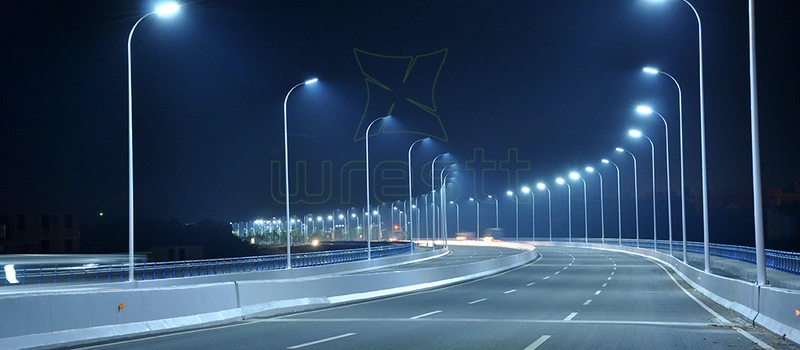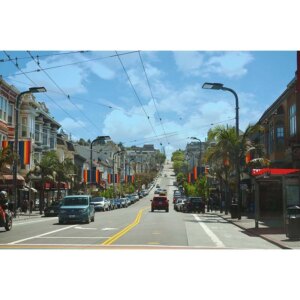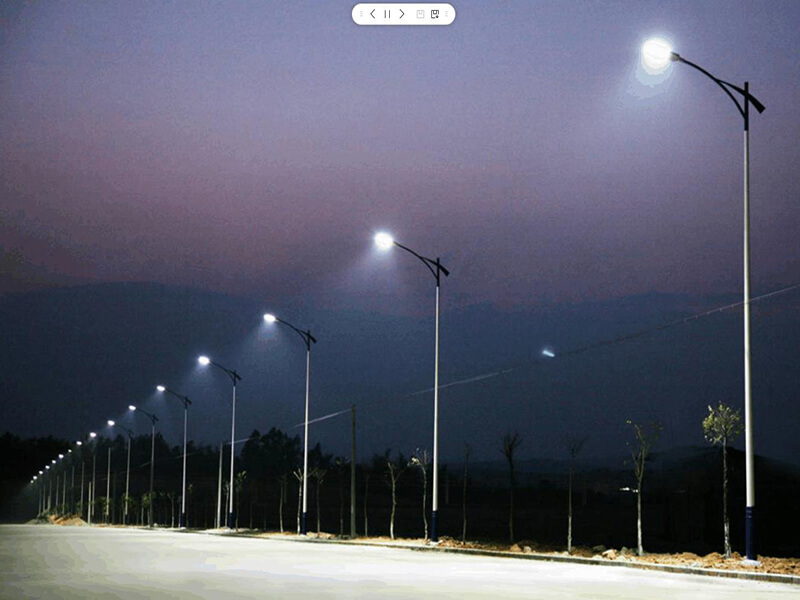LEDs offer a better alternative to metal halide and halogen lamps, as well as fluorescent lamps. LEDs outdoor basketball light are more efficient. In addition, it lasts longer than those traditional lighting solutions. Let’s explore how to light up basketball courts and baskets at night with LEDs.
Basketball court lighting design requirements
Each type of court has different requirements for installing LED lighting on basketball courts. No matter if you own a professional, residential, recreational, or commercial basketball court, ensure that the lighting design meets all standards.

1. Lux Rating Requirements for Non-Televised
GamesI: This rating describes high-level, national, or international basketball games like the NBA, NCAA Tournament, and FIBA World Cup. Outdoor basketball light systems should meet broadcast requirements.
Class II: Class II programs are regional tournaments. Lighting standards are less stringent because it usually involves non-television events.
Category III: Recreational or training events.
There are many standards and lighting designs for outdoor basketball courts, including commercial, residential, and professional. According to basketball lighting guidelines, approximately 200 lux is required for backyard and recreational activities. Since a standard basketball court is 4700 square feet (437 square meters), we need about 200 lux x 437 = 87,400 lumens.
Design of outdoor commercial basketball court lighting

1. Surge protection, IP rating
This is the first thing you should look for when looking at basketball court lighting. Surge protection is a critical factor for LED lights because a sudden increase in power can damage the LED light or cause a failure.
Imagine your LED lights being damaged by a surge. Not only would this affect the game in progress, but it would also damage your reputation. Therefore, it is recommended to purchase LED lights with surge protection.
Basketball lighting guidelines also state that any LED basketball court lighting must be IP rated. This is necessary because it will install lighting outdoors. It must be IP65 to ensure it can withstand any weather conditions and lasts for a long time.
2. Illuminance Levels
Illuminates levels One factor you should consider is the level of illumination provided by LED lighting. According to basketball lighting standards, 200 lux is required for non-TV events. The average size of a basketball court in the United States is 4700 sq. feet.
This means that 200 x 437 would equal 87,400 lumens for an outdoor basketball court used for backyard or recreational events. For a free estimate, please contact one of our LED experts. Basketball court lighting design lumens reference article bottom
Basketball court lighting design lumens reference article bottom
3. Anti-glare
The glare-free feature is another important feature of the basketball court lighting system. We all know that intense glare can be annoying to players and spectators. It makes them uncomfortable and adversely affects the players’ vision. A fierce glare makes players feel uncomfortable and blinding. This problem is especially acute for indoor basketball courts because of the reflective flooring. Sometimes, indirect lighting is necessary. This means that the ceiling lights are turned up and the court is lit with reflected light. Outdoor basketball court lighting that is not anti-glare can lead to poor player performance.
4. Outdoor basketball court lighting standards
In the case of TV events, led lights for basketball court design is different than for non-TV events. If you use your basketball court for professional or televised games, you must ensure that it is designed for televised games.
Your stadium should have 2000 lux of brightness. This is the standard. The ratio between the maximum lux and the minimum lux is another thing to consider. Another aspect to consider is the color temperature of the lighting. The color temperature must be between 5500 to 6000K.
5. Flicker Free
Most basketball court lighting has a low quality strobe under the camera. High speed cameras are used today in the world of sports photography. You must ensure that your lighting provides the right illumination for broadcast. LED lighting should be able to capture video at a minimum of 6000 frames per second. A flicker rate of less than 0.3%% is recommended. This is because high-speed cameras cannot detect it.
Indoor Basketball Court Lighting Design
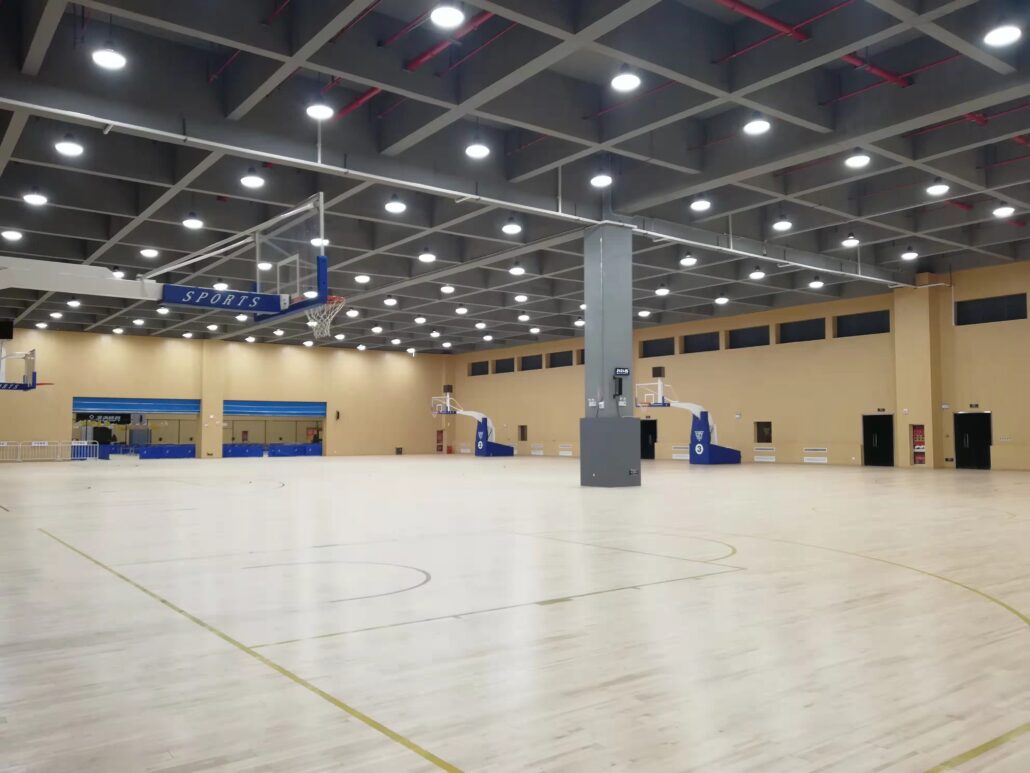
How much energy does it take to light up a basketball court?

Cost of basketball court lighting
How much does it cost to run basketball court lighting?
The unit cost of LED lighting for basketball courts is high. It will save you money in the long term. This is an estimate of the cost of basketball court lighting.
According to the standard, 2000 lux is required for televised or professional events. That means that you’ll need approximately 7,000 watts for LED basketball court lights. The cost of running a basketball court light for one hour is as follows.
7000W x $0.12 / 1000 = $0.84
The daily cost of leaving the lights on 12 hours per day would be
$0.84 x 12= $10.08
The total cost of an LED basketball court light is $200. Compared to halogen bulbs, which are 10 times more energy efficient than LEDs (requiring 70,000W of halogen), the cost of electricity would be 10 times higher ($2,000).
Replace metal halide and halogen with LEDs for basketball courts?
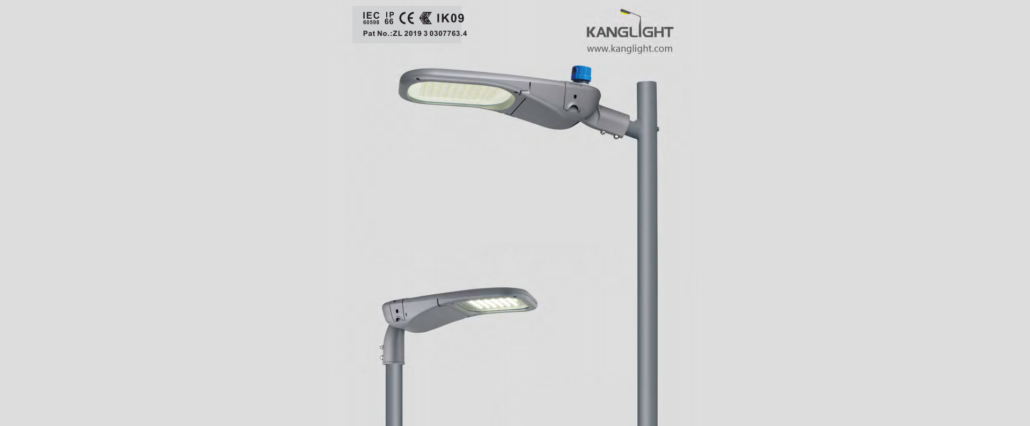

LED basketball court lights last longer
LED basketball court light cooling system
Our basketball court lights are energy-saving LEDs
LEDs are excellent at rendering color (CRI)
LED Dimming Capability
1:1 Replacement
Conclusion
Basketball court lighting design lumens
| Dimensions: 100 meters long, 64 meters wide | |
| Lighting requirements | Lumens |
| 75 lux for recreational and training | 480000 lm |
| 200 lux for semi-professional stadiums | 1280000 lm |
| 1000 lux for televising the events | 6400000 lm |
2. Tennis Court
| Dimensions: 23.77 meters long, 8.23 meters wide for singles matches and 10.97 meters for doubles matches | |
| Lighting requirements | Lumens |
| 250 lux for Residential and Recreational | 48907 lm for singles matches |
| 65189 lm for doubles matches | |
| 350 lux for Club Competition and Commercial | 68469 lm for singles matches |
| 91265 lm for doubles matches | |
| 450 lux for National and International | 88032 lm for singles matches |
| 117341 lm for doubles matches | |
3. Baseball Court
| Dimensions: The infield radius is 29 meters. The outfield radius is about 122 meters. | ||
| Lighting requirements | Lumens | |
| Recreational Game | Infield- 300 lux | 792624 lm |
| Outfield- 200 lux | 8823477 lm | |
| Amateur Game | Infield- 500 lux | 1321040 lm |
| Outfield- 300 lux | 13235216 lm | |
| General Game | Infield- 1000 lux | 2642079 lm |
| Outfield- 700 lux | 30882170 lm | |
| Professional Game | Infield- 1500 lux | 3963119 lm |
| Outfield- 1000 lux | 44117386 lm | |

